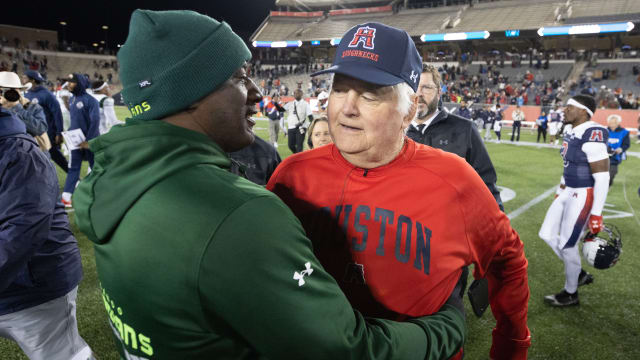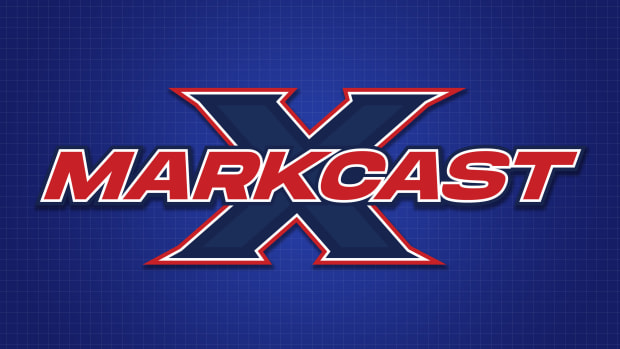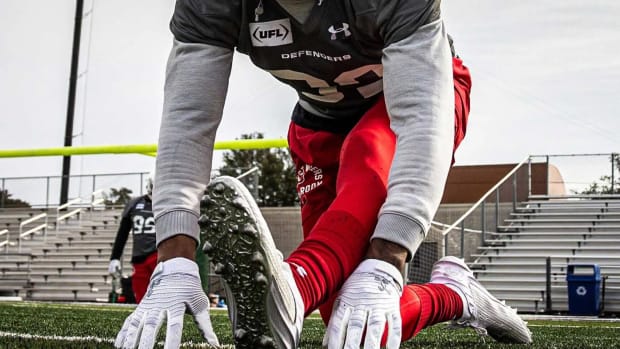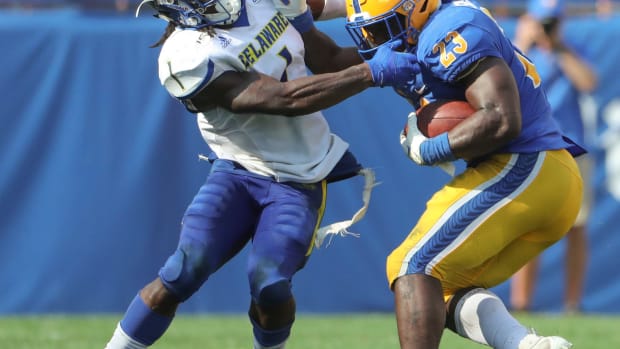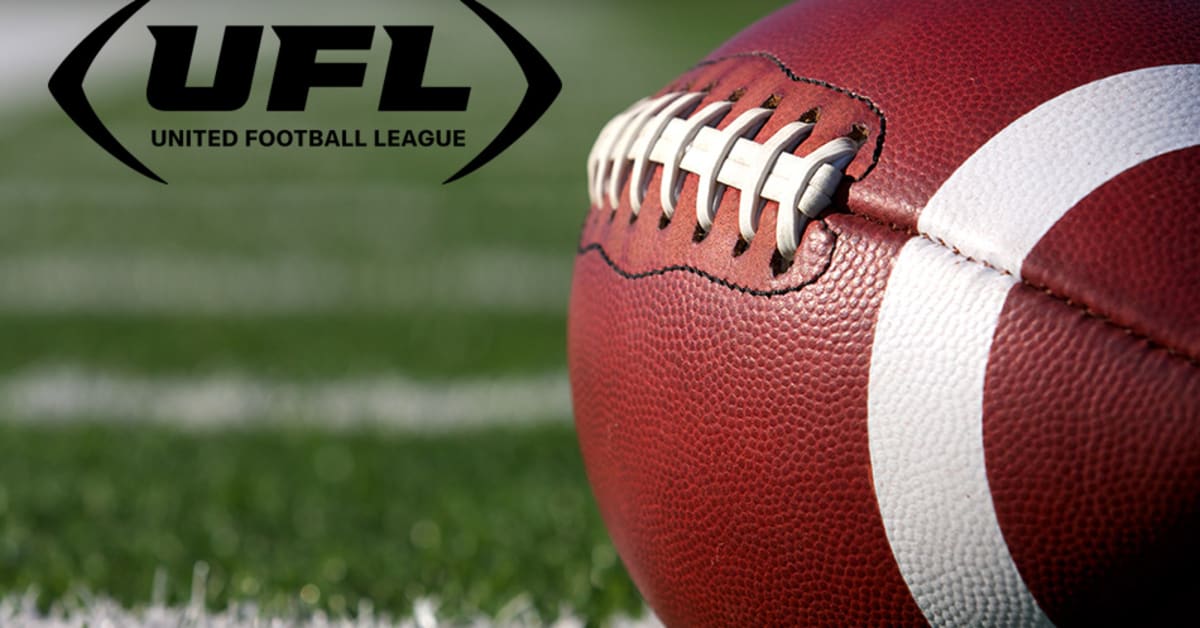
Common Cents! UFL Born Out Of Financial Reckoning For Both USFL, XFL
Following the theme of Phase 1 for the UFL dispersal draft, where 16 rosters from 2023 have been consolidated to only eight, everything for FOX and RedBird Capital has been condensed for 2024.
Condensed is the keyword for the new United Football League operation.
FOX has cut spending on spring pro football by reducing its number of USFL teams in half. RedBird Capital has done the same on their side with the XFL.
Every team in the UFL will be playing games in their home markets with the hope on the USFL side that ticket sales will mirror or improve upon that of XFL teams in 2023.
However, to keep expenses down, they'll keep the cost-effective centralized hub format with teams training in tax-friendly Texas and traveling to their home market for games.
Although it hasn't been revealed publicly how expenses and revenue will be split between the two sides, it's evident that both leadership groups have united to lessen the financial burden of one another as partners. This is a 50/50 joint venture.
Reading the tea leaves on what led to a merger of both sides is not challenging. Follow the money or the funding that didn't arrive.
Both the USFL and XFL leadership groups have attempted to raise hundreds of millions of dollars in capital over the past couple of years by hiring prestigious investment firms.
Raising capital and getting buy-in commitments is one of the pivotal goals for the new league, beyond an end-game goal of the NFL chipping in to fund and adopt the league as its own.
The long-term goal is to get owners who can cover the costs of each individual team.
Long before the USFL-XFL merger was approved by the federal government, there were steps taken to consolidate the transition costs by RedBird. Almost immediately after their 2023 season ended last May, the XFL began instituting cost-cutting measures.
The reported loss by Forbes of $60 million by the XFL in relaunching, which industry insiders feel is an underestimated number, especially considering that the XFL was seeking up to $125 million from outside investors to fund the 2023 season, led Redbird Capital Partners and the league's ownership group to reassess their business model. They eventually adopted the pay structure of the USFL, their competitor at the time.
XFL 3.0, while producing a respectable product, did not meet its expectations financially and failed to hit its 2023 revenue markers.
As a result, the XFL began "temporarily" laying people off, and full-time employees became seasonal employees. That cost-cutting measure was anything but temporary.
Across the board, people are taking a reduction in pay to come back and work in the newly formed UFL.
You can find Mike Mitchell on X @ByMikeMitchell.
Catch up with UFL on FanNation on Facebook and X.
